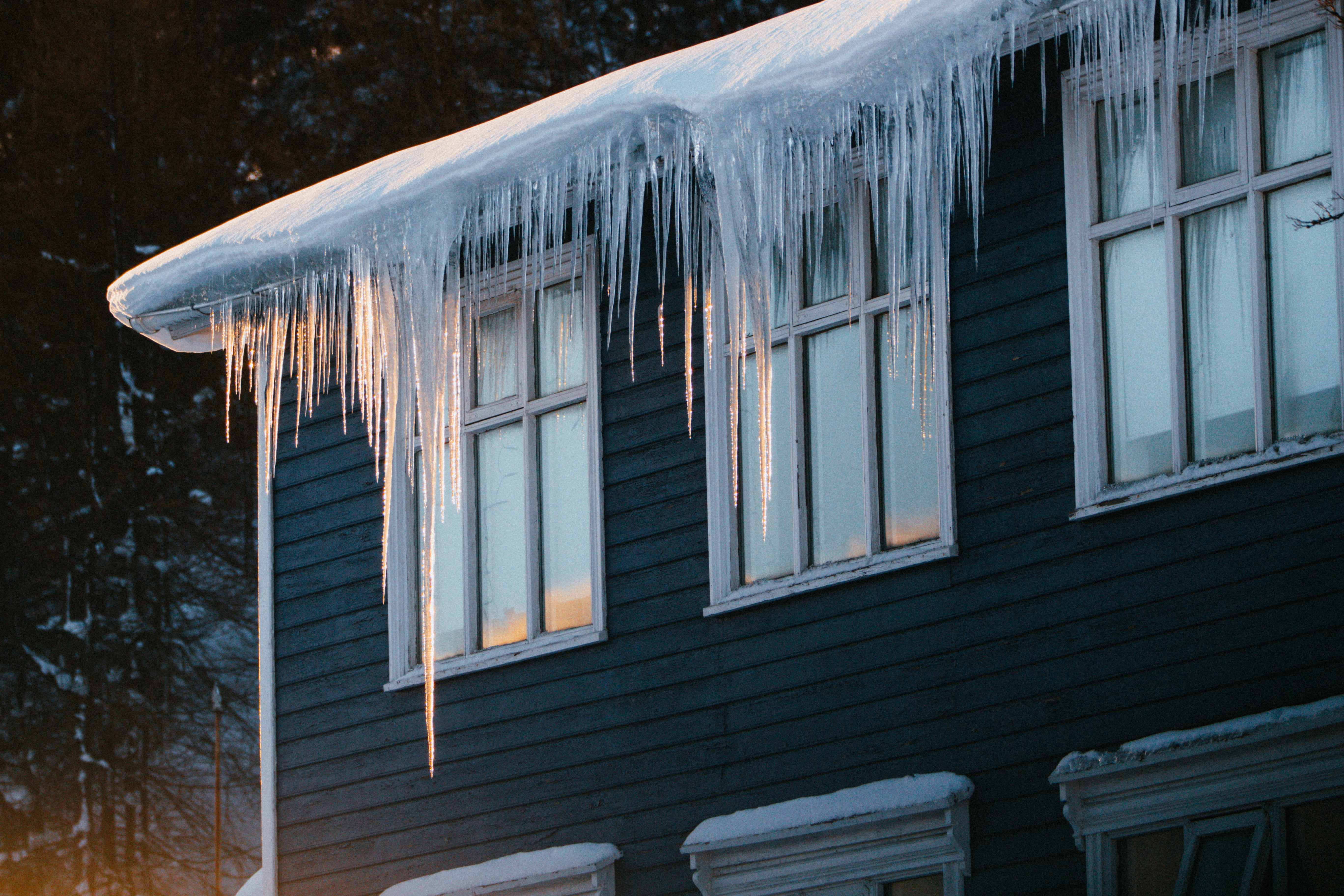
What does a landlord need to know?
Living in a cold house is not only an inconvenience, but a huge health risk to occupants and can be costly for landlords.
There are certain things landlords need to know about the risks of renting out a cold property to both themselves and the tenants.
Excess Cold
Listed as ‘Excess Cold’ within the housing health and safety rating system (HHSRS), it covers the threats to health when temperatures fall below the minimum satisfactory levels for relatively long periods.
The most serious of the 29 hazards within the HHSRS found by local authorities in PRS accommodation is Excess Cold, according to the NRLA. Addressing this is considered a landlords responsibility.
The Housing Health and Safety Rating System (HHSRS)
“The housing health and safety rating system (HHSRS) is a risk-based evaluation tool to help local authorities identify and protect against potential risks and hazards to health and safety from any deficiencies identified in dwellings. It was introduced under the Housing Act 2004 and applies to residential properties in England and Wales.” (Source: GOV.UK)
It is the main system for assessing and enforcing housing standards in England and Wales.
Health Effects of Excess Cold
“A healthy indoor temperature is around 21˚C. There is small risk of health effects below 19˚C. Below 16˚C, there are serious health risks for the elderly, including greatly increased risks of respiratory and cardiovascular conditions. Below 10˚C a great risk of hypothermia, especially for the elderly.”
“Excess cold can also cause an increase in blood pressure/reduce resistance to infection because of the effect of cold air on bronchial lining and immune system/worsen symptoms of rheumatoid arthritis.”
Accounts of excess winter death:
- Cardiovascular conditions (e.g. heart attacks and stroke) – 50%
- Respiratory diseases (e.g. ‘flu, pneumonia, bronchitis) – 33.3%
Causes
The main cause of the hazard is the change in outdoor temperature, relevant to the transition into the Christmas winter period.


Other causes:
- Dwellings with low energy efficiency ratings (poor insulation)
- Absence of central heating/poor inefficient heating systems
- Excessive damp which reduces thermal insulation.
Energy Performance Certificate (EPC)
It is worth checking what your EPC rating is as tenants can often claim assistance through grants and government institutions to improve the energy performance. This can help with and potentially prevent the hazard of excessive cold.
Landlords are not permitted to rent out any property that has an EPC that is under an E rating. (An E rating on an EPC is the minimum requirement to rent out a property).
Schemes
E.ON has teamed up with Nottinghamshire County Council and Nottingham City Council to help eligible households in Nottinghamshire and Nottingham City to upgrade their heating systems.
They quote, “We'll also check your home insulation and install free cavity wall and loft insulation if it's needed. Helping to improve the efficiency of your new central heating system.”
You can find details on the scheme via: https://www.normangalloway.co.uk/news/you-could-upgrade-your-heating-system-free
It would be beneficial to check if there are similar schemes in your area.
Are you enforced to make changes if your property contains hazards?
There are several causes of action for a local authority seeking to enforce a hazard. This is something a landlord would want to avoid. Here are some examples of enforcement:
- Informal Letter
- Improvement Notice
- Prohibition Order
- Hazard Awareness Notice
- Emergency Residential Action or Emergency Prohibition Order
- Demolition Oder, Clearance Order
- Interim/Final Management orders
Tenants can take action against their landlord in the event of a repair problem, with the typical action being to involve the Environmental Health department. Environmental Health may then inspect the entire property for risks under HHSRS. This is not something any landlord would relish and can often drag up all kinds of issues that in turn will add to the landlords costs.
It is far better to ensure that your property is fit for purpose and does not fall foul of the Excess Cold argument.
The 29 Hazards of the HHSRS
|
|
|
| 1 | Damp and Mould Growth |
| 2 | Excess Cold |
| 3 | Excess Heat |
| 4 | Asbestos and MMF |
| 5 | Biocides |
| 6 | Carbon Monoxide and Fuel Combustion |
| 7 | Lead |
| 8 | Radiation |
| 9 | Uncombusted Fuel Gas |
| 10 | Volatile Organic Compounds |
| 11 | Crowding and Space |
| 12 | Entry by Intruders |
| 13 | Lighting |
| 14 | Noise |
| 15 | Domestic Hygiene, Pests and Refuse |
| 16 | Food Safety |
| 17 | Personal Hygiene, Sanitation and Drainage |
| 18 | Water Supply |
| 19 | Falls Associated with Baths etc |
| 20 | Falling on Level Surfaces etc |
| 21 | Falling on Stairs etc |
| 22 | Falling Between Levels |
| 23 | Electrical Hazards |
| 24 | Fire |
| 25 | Flames, Hot Surfaces etc |
| 26 | Collision and Entrapment |
| 27 | Explosions |
| 28 | Position and Operability of Amenities etc |
| 29 | Structural Collapse and Falling Elements |


